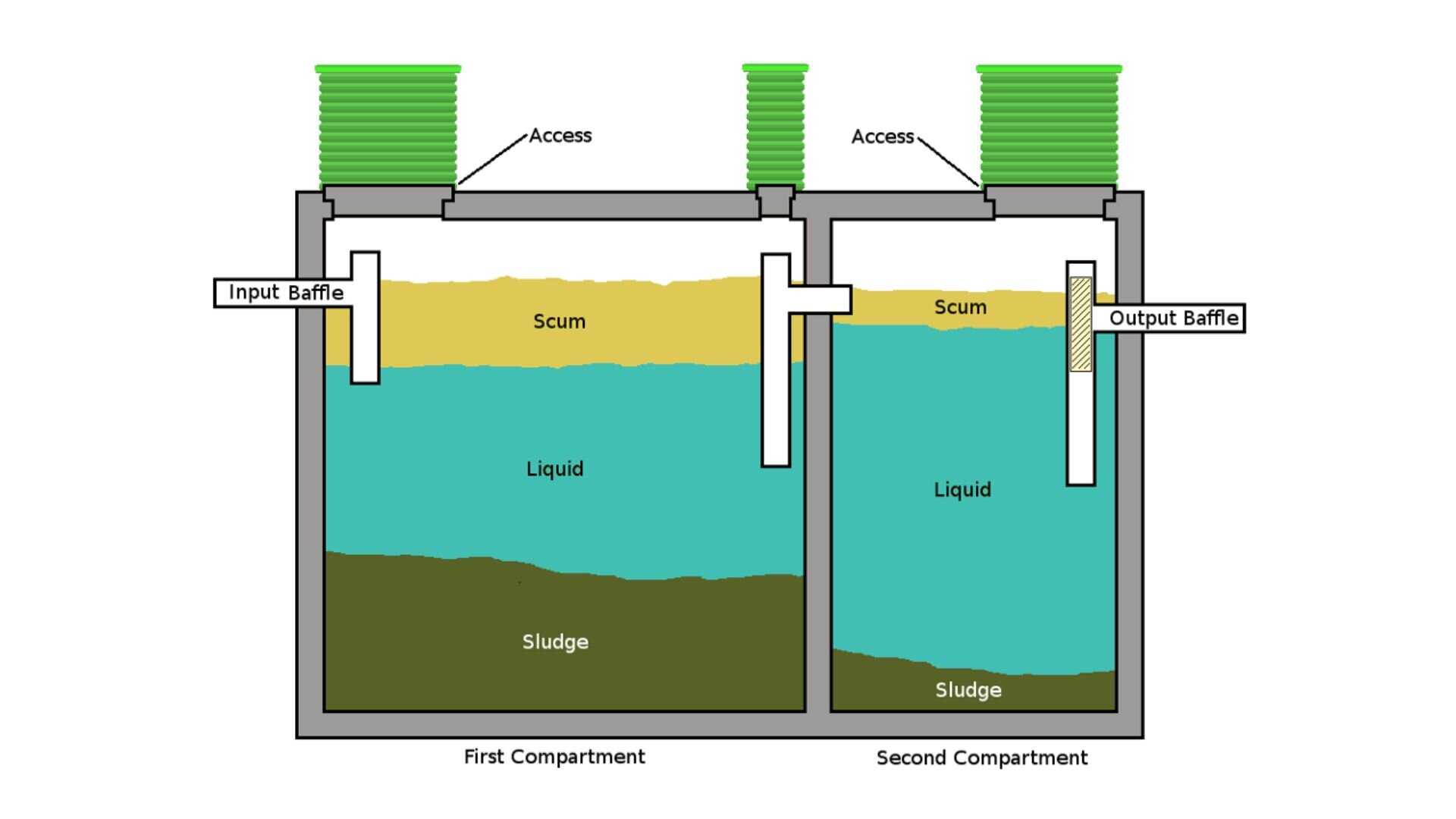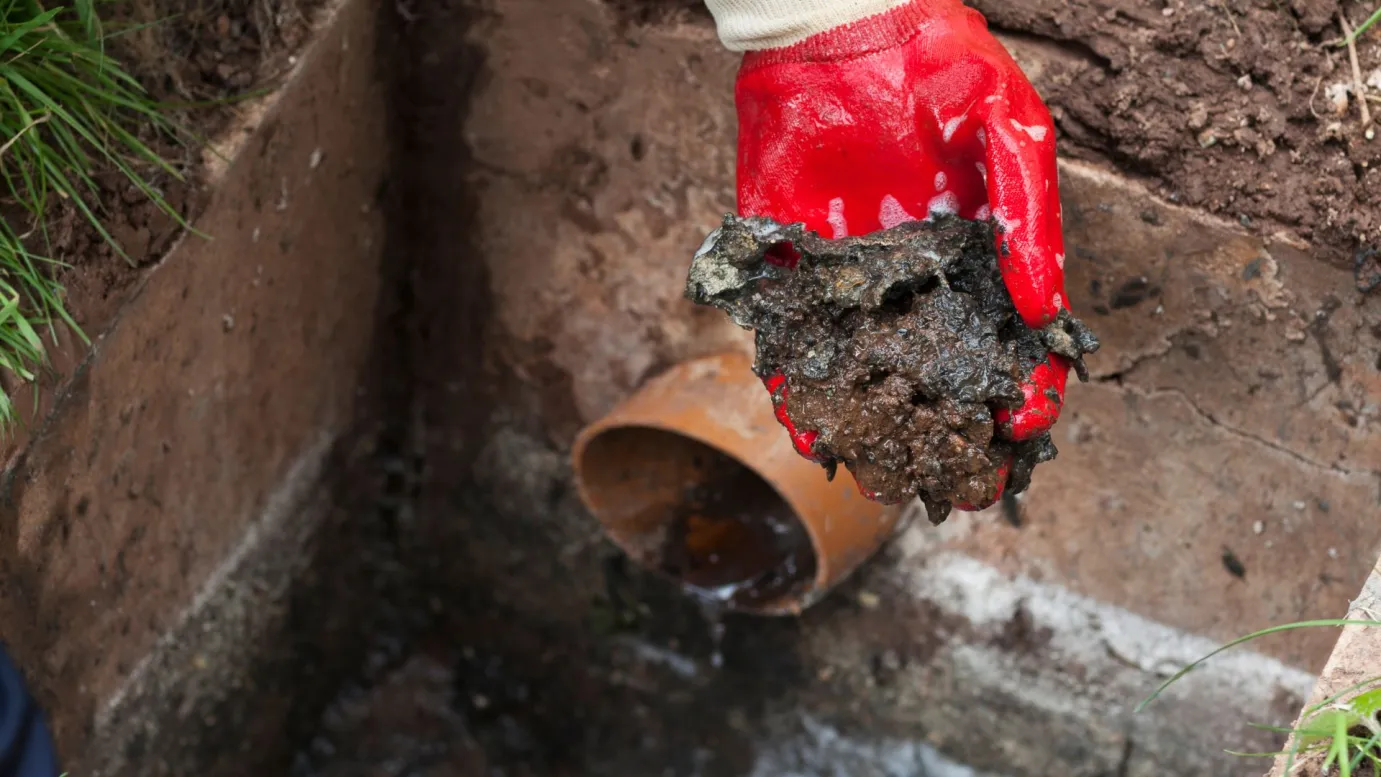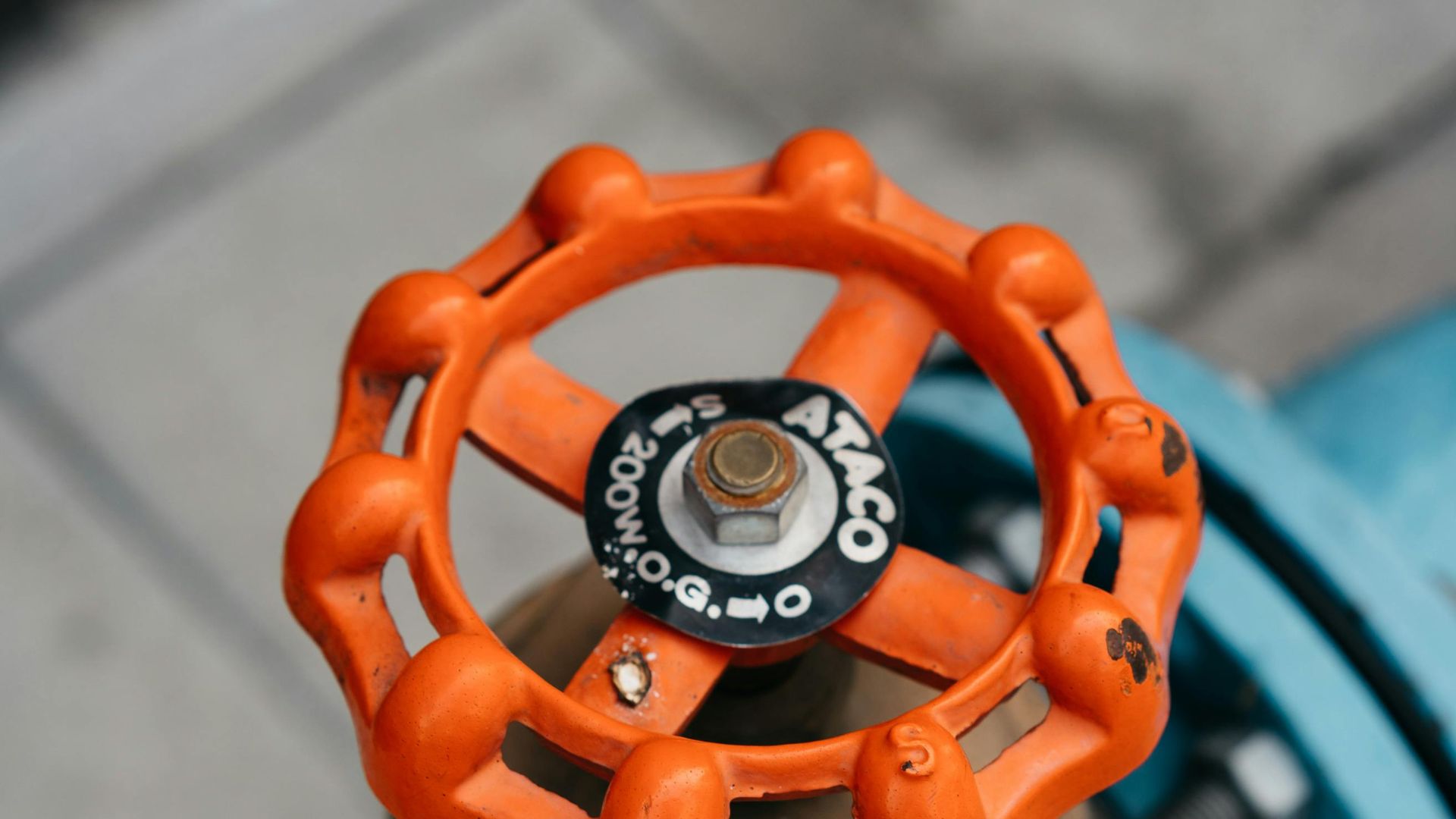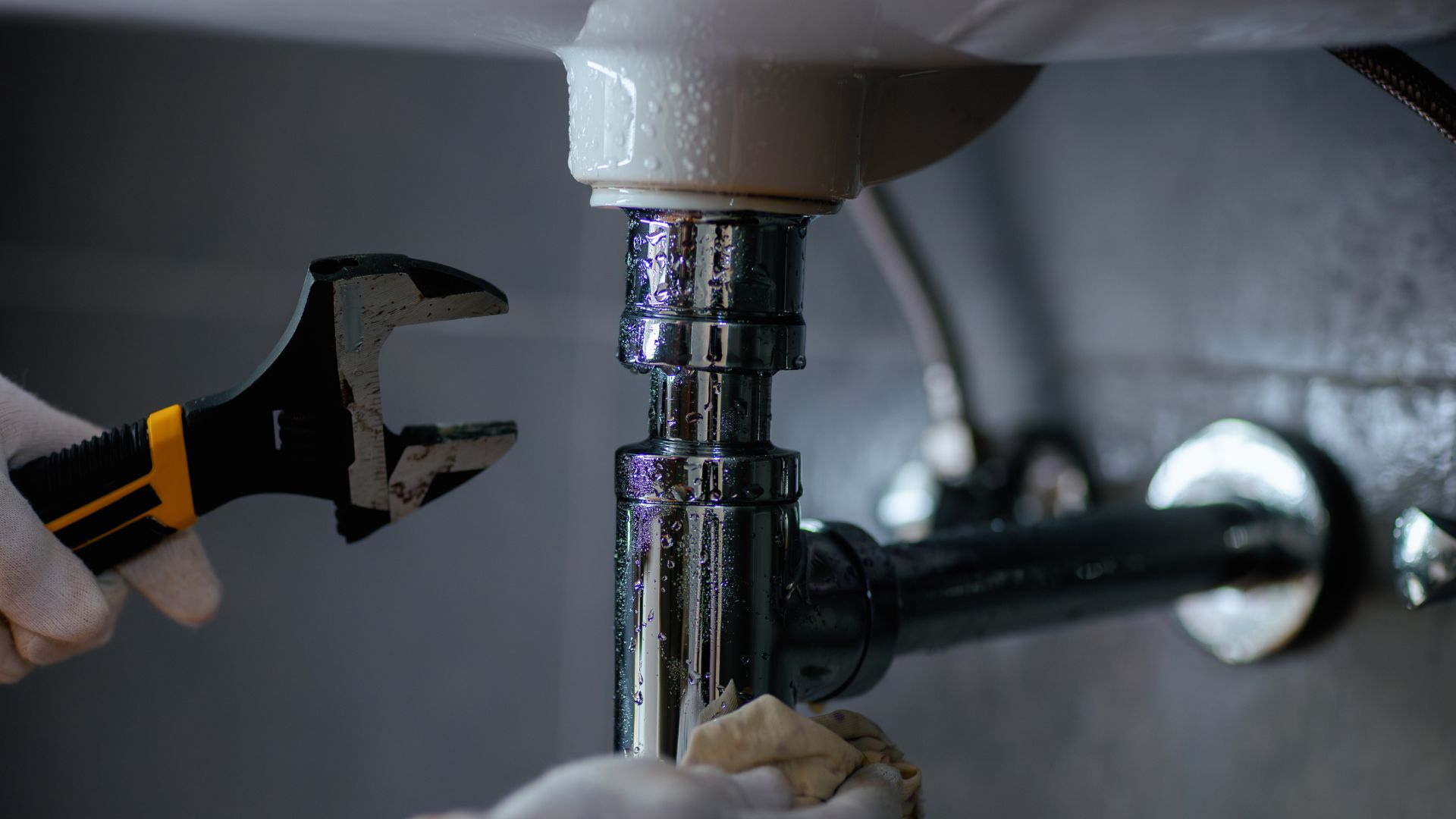Effective wastewater management is crucial to ensure a healthy and hygienic lifestyle. No wonder septic tanks have become such an indispensable part of every household.
That said, most homeowners are often unaware of the working principles of septic tank systems and fail to maintain the quality of their residential septic system. Identifying the issue when their septic tanks start to act up becomes quite challenging because they don’t know how the system works.
However, there’s no need to get flustered because we’re here to help you. Today, we’ll answer the most grilling questions about septic tanks: What is a septic system, and how does a septic tank work?
Parts Of A Septic System
Before we discuss how a septic tank works, let’s examine its different components. The main drains collect and transfer solid and liquid wastewater from your household to the septic tank.
Secondly, further treatment tanks contain anaerobic bacteria to break down the collected wastewater through bacterial activity. A septic system also features a disposal area for safely dispersing the treated water within your residential property.

Types Of Septic Systems
1. Primary Systems
These systems consist of a single septic tank and are quite common in residential homes. In these systems, the septic drain field takes on the role of accepting, treating, and dispersing wastewater. Heavier solid waste settles at the bottom of the tank, creating layers of sludge and scum.
Simultaneously, grease and fats from waste accumulate at the top. Anaerobic bacteria then break down the organic material in the wastewater before it reaches the effluent disposal area.
2. Secondary Systems
These have a large septic tank with several additional treatment tanks for wastewater disposal. The first treatment tank is similar to the single septic tank of the primary system, while the second treatment tank promotes the aerobic breakdown of wastewater. By mixing air with the collected wastewater, the second treatment tank facilitates bacterial breakdown for effective wastewater treatment.
Simultaneously, the third tank lets all solid wastes settle at the bottom. Some secondary septic systems also have a fourth treatment tank to disinfect the wastewater through UV saturation or chlorination. The treated wastewater from this type of secondary septic system is much safer than the primary one.
Effluent Disposal
All septic systems have an effluent disposal area for properly dispersal the treated wastewater throughout your property, mostly underground. Discover what sullage grey water, or effluent, is.
The most common effluent disposal types include:
- Absorption and transpiration trenches
- Subsurface irrigation
- Mounds and wick trenches
How Does A Septic System Work?
A. Conventional Septic Tank Design
A conventional septic system usually features a plastic or concrete in-ground tank containing bacteria and microorganisms. The solids settle in the tank, allowing the organisms to break down the organic waste, while the untreated waste is stored in a separate chamber.
Furthermore, conventional septic tank systems work to separate fats and solids from the liquid through bacterial digestion in two separate chambers.
A quality septic tank has three essential layers. At the top, you’ll find a fat layer where scum rises to minimize foul odours. Below that, lies a clear effluent layer and, at the bottom, a sludge layer of solid waste.
The effluent exits the septic tank through an outlet pipe and is discharged into a drain field or a series of perforated pipes upon entering the new effluent. A conventional septic tank system’s working principle depends on gravity and bacterial activity.
Remember that the septic tank doesn’t kill harmful bacteria and organic materials, so the effluent must be cautiously treated to avoid health hazards. Once the effluent leaves the tank, it enters the absorption trenches and transpires or evaporates through the activity of plants or gets absorbed by the surrounding soil.
B. Package Treatment Plant Design
1. Primary Clarifier Chamber
The wastewater from your bathroom, kitchen sink, toilet, and laundry initially gets collected in this chamber. All the solid wastes settle at the bottom to form a sludge layer where the anaerobic bacteria digest the waste materials.
2. Aeration Chamber
After the primary treatment, the wastewater enters the aeration chamber, where the air mixes to facilitate aerobic digestion. This aerobic digestion process is much quicker than anaerobic digestion and leads to the secondary treatment of sewage.
3. Settling Chamber
Once the wastewater goes through aerobic digestion, the solid material settles further in this chamber, creating a clear effluent. It’s the final treatment process, after which the treated wastewater goes to an underground irrigation system from the septic tank for its dispersion.
4. Chlorination Chamber
Some package treatment plants come with a chlorination chamber to purify the wastewater. The water is exposed to chlorine in this chamber, where all the toxic microorganisms, like harmful coliform bacteria, are killed before the water goes to the irrigation bed.
C. Septic Tank With Sand Filter
A septic tank with sand filters is standard in rural areas for treating wastewater sustainably and environment-friendly by reducing health risks. In these septic tanks, the subsurface structure is usually sand-mound and remains filled with sand.
The wastewater percolates through this sand or gravel filter during the wastewater treatment. Moreover, the sand catches any solid material and offers a suitable environment for good bacteria or other microorganisms to digest the wastewater while reducing pollution.
Once treated, the effluent gets delivered into the subsurface irrigation systems, underground trenches, or any alternative systems approved by the local government.
Common Issues With Septic Tanks

1. Excessive Sludge
Excess sludge is a familiar issue in septic tanks, often causing pipe or trench clogs when solid waste particles aren’t fully treated. Avoid DIY solutions; it’s better to seek professional help.
2. Excessive Water Build-Up
If there’s poor wastewater flow or the system is overused, too much water can enter the tank and adsorption trenches. In such cases, untreated solid waste might be forced out of the inlet and outlet pipes, leading to clogs in your drains.
3. Toxic Chemicals
Toxic chemicals, like commercial cleaners or bleach, can kill beneficial bacteria in your tank and disrupt the digestion process of waste.
4. Slow Water Drainage
Slow water drainage indicates that your septic tank is failing due to drain blockages, particularly your main drainage pipe. Similarly, if the pipes make gurgling sounds or your sewerage system gives off foul smells, it’s time to call your emergency plumber to take a look at the septic tank
Knowing Your Septic System And How They Work
There can be no compromise regarding maintaining your septic tank’s health. Understanding how a septic system works can make all the difference in keeping the tank in top-notch condition.
You can also look for signs to determine whether your septic system works properly, such as regularly checking the water drainage and sludge level. Not to mention, timely pumping of the septic tank can help in desludging to avoid clogging your pipes.
And if your older systems are making gurgling noises and producing foul odours, replace them as soon as possible to avoid a plumbing disaster like backflow. Check out the signs you need a backflow repair.
Contact us for your Sydney septic service professionals, have your tank pumped, on-site sewage system, septic tank maintenance and other plumbing needs. We’ll maintain your plumbing adequately with our home maintenance services and avoid costly repairs.














